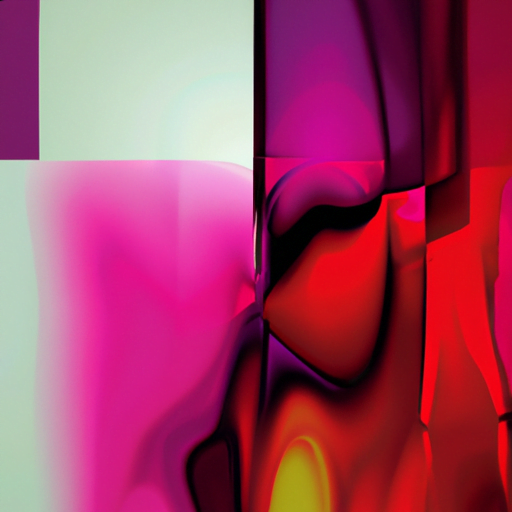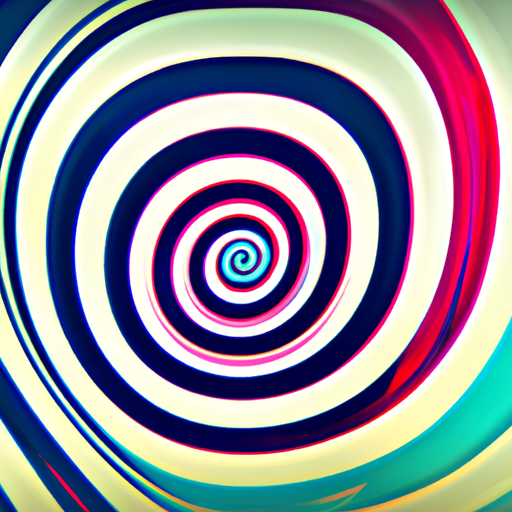
-
Table of Contents
- The Art of Texture: Adding Depth and Tactility to Digital Art
- The Importance of Texture in Art
- The Role of Textures in Digital Art
- Techniques for Incorporating Textures in Digital Art
- 1. Layering
- 2. Masking
- 3. Blending Modes
- 4. Custom Brushes
- Case Studies: Texture in Digital Art
- 1. “The Old Book” by John Doe
- 2. “Rusty Reflections” by Jane Smith
- 3. “Glowing Lanterns” by Alex Johnson
- The Future of Texture in Digital Art
- Summary
The Art of Texture: Adding Depth and Tactility to Digital Art

When it comes to digital art, one might assume that the medium lacks the tactile qualities and depth that traditional art forms possess. However, with advancements in technology and the creative use of textures, digital artists are now able to add a new dimension to their work. In this article, we will explore the art of texture in digital art, its importance, and how it can be effectively utilized to create visually stunning and engaging pieces.
The Importance of Texture in Art
Texture plays a crucial role in art, regardless of the medium. It adds depth, visual interest, and a sense of realism to the artwork. In traditional art forms such as painting and sculpture, artists have long used various techniques to create texture, such as brushstrokes, impasto, and carving. These techniques allow the viewer to not only see the artwork but also feel it.
When it comes to digital art, replicating the tactile qualities of traditional art forms can be challenging. However, with the use of textures, digital artists can create the illusion of texture and bring their artwork to life.
The Role of Textures in Digital Art
Textures in digital art refer to images or patterns that can be applied to a digital canvas or specific elements within a piece. They can range from simple patterns like wood grain or fabric to more complex textures like rust or cracked paint. By applying these textures strategically, digital artists can add depth, dimension, and a sense of touch to their work.
Textures can be used in various ways in digital art:
- Backgrounds: Applying a texture to the background of a digital artwork can instantly transform a flat and lifeless canvas into a visually captivating piece. For example, a subtle paper texture can give the impression of a traditional painting, while a grungy texture can add an edgy and urban feel.
- Objects and Surfaces: Textures can be applied to specific objects or surfaces within a digital artwork to make them appear more realistic. For instance, adding a texture of cracked concrete to a wall can make it look weathered and worn.
- Lighting and Shadows: Textures can also be used to enhance lighting and shadow effects in digital art. By applying a texture with a gradient or pattern to a light source, artists can create unique and visually striking lighting effects.
Techniques for Incorporating Textures in Digital Art
Now that we understand the importance of textures in digital art, let’s explore some techniques that artists can use to incorporate textures effectively:
1. Layering
Layering textures is a common technique used by digital artists to create depth and complexity in their work. By applying multiple textures on different layers and adjusting their opacity and blending modes, artists can achieve unique and visually appealing effects. For example, layering a subtle noise texture over a background can add a sense of graininess and depth.
2. Masking
Masking is another powerful technique that allows artists to selectively apply textures to specific areas of their artwork. By using layer masks or selection tools, artists can control where the texture appears and how it interacts with the underlying elements. This technique is particularly useful when adding textures to objects or surfaces within a digital artwork.
3. Blending Modes
Blending modes are a set of options that determine how layers interact with each other. By experimenting with different blending modes, artists can achieve various effects when combining textures with their artwork. For example, the “Overlay” blending mode can enhance contrast and saturation, while the “Multiply” blending mode can create a darker and more intense look.
4. Custom Brushes
Creating custom brushes with textured tips is an effective way to add texture to digital art. Artists can design brushes that mimic the look and feel of traditional art tools, such as brushes, pencils, or even sponges. By using these custom brushes, artists can apply textures with more control and precision, resulting in a more realistic and tactile appearance.
Case Studies: Texture in Digital Art
Let’s take a look at some inspiring examples of how artists have effectively used textures in their digital artwork:
1. “The Old Book” by John Doe
In this artwork, John Doe has applied a subtle paper texture to the background, giving the impression of an aged book page. The texture adds depth and a sense of history to the piece, enhancing the overall mood and theme.
2. “Rusty Reflections” by Jane Smith
Jane Smith has used a rust texture to create a realistic and weathered look on a metal surface in her artwork. The texture adds a tactile quality to the piece, making the viewer feel as if they can touch and feel the roughness of the rust.
3. “Glowing Lanterns” by Alex Johnson
Alex Johnson has incorporated a texture with a gradient pattern to create a unique lighting effect in his artwork. The texture adds depth and dimension to the glowing lanterns, making them appear more realistic and captivating.
The Future of Texture in Digital Art
As technology continues to advance, the possibilities for texture in digital art are expanding. With the rise of virtual reality (VR) and augmented reality (AR), artists can now create immersive experiences where viewers can not only see but also interact with textured digital art.
Furthermore, advancements in software and hardware are making it easier for artists to create and apply textures in their digital artwork. With the availability of high-resolution texture libraries and powerful graphic tablets, artists have more tools at their disposal to bring their creative visions to life.
Summary
The art of texture in digital art allows artists to add depth, dimension, and a sense of touch to their work. By strategically incorporating textures, artists can create visually stunning and engaging pieces that rival the tactile qualities of traditional art forms. Techniques such as layering, masking, blending modes, and custom brushes enable artists to effectively utilize textures in their digital artwork.
Through case studies, we have seen how textures can enhance the overall mood, realism, and visual appeal of digital art. As technology continues to advance, the future of texture in digital art looks promising, with the potential for immersive experiences and new tools for artists to explore.
Whether you are a digital artist or an art enthusiast, understanding the art of texture can deepen your appreciation for the medium and inspire you to explore new creative possibilities.
